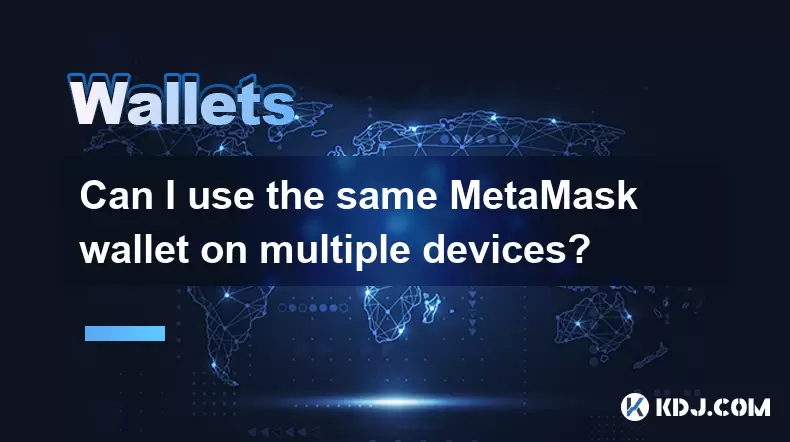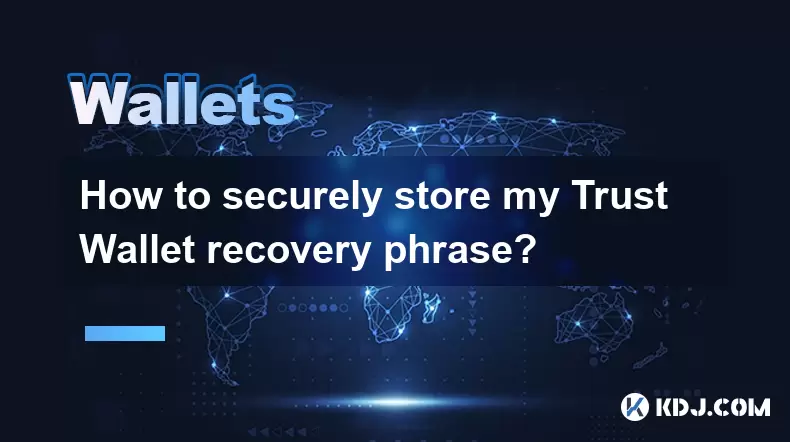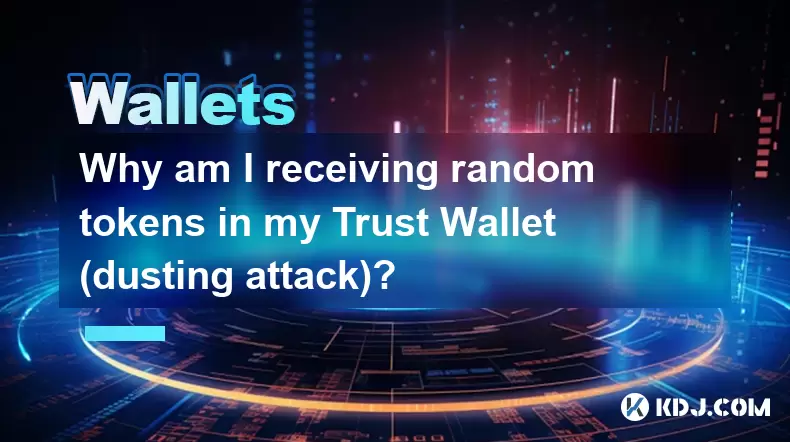-
 Bitcoin
Bitcoin $114200
0.00% -
 Ethereum
Ethereum $3637
0.56% -
 XRP
XRP $2.950
-2.01% -
 Tether USDt
Tether USDt $0.9999
0.02% -
 BNB
BNB $761.0
0.55% -
 Solana
Solana $164.1
-1.38% -
 USDC
USDC $0.9999
0.02% -
 TRON
TRON $0.3332
0.36% -
 Dogecoin
Dogecoin $0.2012
-0.52% -
 Cardano
Cardano $0.7261
-1.41% -
 Hyperliquid
Hyperliquid $37.62
-2.13% -
 Stellar
Stellar $0.3930
-2.65% -
 Sui
Sui $3.441
-0.16% -
 Bitcoin Cash
Bitcoin Cash $563.8
0.70% -
 Chainlink
Chainlink $16.50
0.09% -
 Hedera
Hedera $0.2424
-0.14% -
 Ethena USDe
Ethena USDe $1.001
0.01% -
 Avalanche
Avalanche $22.20
0.00% -
 Litecoin
Litecoin $118.0
-2.48% -
 UNUS SED LEO
UNUS SED LEO $8.991
0.12% -
 Toncoin
Toncoin $3.195
-3.87% -
 Shiba Inu
Shiba Inu $0.00001217
0.12% -
 Uniswap
Uniswap $9.674
-0.21% -
 Polkadot
Polkadot $3.633
1.00% -
 Monero
Monero $295.3
-0.82% -
 Dai
Dai $0.9999
0.00% -
 Bitget Token
Bitget Token $4.321
-0.41% -
 Cronos
Cronos $0.1392
0.73% -
 Pepe
Pepe $0.00001027
-0.89% -
 Aave
Aave $258.5
0.32%
Can I use the same MetaMask wallet on multiple devices?
MetaMask allows secure multi-device access by restoring your wallet with a 12-word recovery phrase, ensuring full control over your funds without storing keys on external servers.
Aug 06, 2025 at 10:43 am

Understanding MetaMask Wallet Architecture
MetaMask is a browser extension and mobile application that functions as a non-custodial cryptocurrency wallet, meaning users retain full control over their private keys. The core principle behind MetaMask is seed phrase recovery, which allows users to restore their wallet on any compatible device. This architecture is based on the BIP-39 standard, a widely adopted protocol in the cryptocurrency space for generating deterministic wallets. When you create a MetaMask wallet, you are provided with a 12-word recovery phrase. This phrase is the master key to your wallet and all associated accounts. As long as you have this phrase, you can access your funds from any device by restoring the wallet using the same seed.
It is critical to understand that MetaMask does not store your private keys on its servers. Instead, your keys are derived from the seed phrase and stored locally on the device where the wallet is installed. This design ensures that no third party, including MetaMask itself, can access your funds. Therefore, the ability to use the same wallet across multiple devices hinges entirely on securely backing up and using the recovery phrase.
Restoring MetaMask on a New Device
To use your MetaMask wallet on a different device, you must restore it using the 12-word recovery phrase. The process is consistent across platforms, whether you're using a mobile device or a desktop browser. Below are the detailed steps:
- Open the MetaMask app or browser extension on the new device.
- Select the option to "Import Wallet" or "Restore from Seed Phrase".
- Enter your 12-word recovery phrase in the correct order.
- Create a new password for the wallet on this device.
- Confirm the import process.
Once completed, your wallet will appear with the same Ethereum address, transaction history, and connected dApps. All assets and account information will be identical because they are derived from the same cryptographic seed. It is essential to ensure that the recovery phrase is entered exactly as provided during the initial setup, including correct spelling and word order.
Synchronizing Wallet Data Across Devices
While MetaMask allows you to access the same wallet on multiple devices, transaction data and account balances are not automatically synced in real time through MetaMask’s interface. Each instance of MetaMask operates independently and must query the blockchain to retrieve the latest state. However, since all devices are using the same private keys and addresses, they will eventually reflect the same information once they sync with the Ethereum network.
For example, if you send ETH from your phone, the desktop version of MetaMask may not immediately show the updated balance. To see the latest status:
- Open MetaMask on the desktop.
- Tap or click the "Refresh" button.
- Wait for the interface to query the blockchain and update the balance.
This behavior is not a flaw but a result of how decentralized wallets interact with the blockchain. The blockchain itself is the source of truth, and each wallet instance must independently verify the current state.
Security Implications of Multi-Device Usage
Using the same MetaMask wallet on multiple devices introduces specific security considerations that users must address. The most critical risk is exposure of the 12-word recovery phrase. If this phrase is stored insecurely or entered on a compromised device, your entire wallet can be drained.
To mitigate risks:
- Never store the recovery phrase digitally (e.g., in notes, emails, or cloud storage).
- Use a hardware security module (HSM) or a physical metal backup for long-term storage.
- Avoid entering the seed phrase on public or untrusted devices.
- Enable device-level security such as biometric authentication or strong passcodes on mobile devices.
- Regularly check connected devices and remove access from any that are no longer in use.
Additionally, each device running MetaMask should have up-to-date software and antivirus protection to prevent malware from capturing keystrokes or clipboard data.
Managing Connected dApps and Permissions
When you restore your MetaMask wallet on a new device, previously connected decentralized applications (dApps) will not automatically reconnect. You must manually approve connections again for security reasons. This prevents unauthorized access in case a lost or stolen device is used maliciously.
To reconnect to a dApp:
- Navigate to the dApp’s website.
- Click "Connect Wallet".
- Select MetaMask as the provider.
- Approve the connection request in the MetaMask popup.
MetaMask will ask for permission each time a dApp attempts to access your wallet. You can manage these permissions later by:
- Opening MetaMask.
- Clicking the menu icon (three dots).
- Selecting "Connected Sites".
- Revoking access for any dApp you no longer trust.
This granular control ensures that even if your wallet is accessible on multiple devices, dApp permissions are reviewed and confirmed per device.
Best Practices for Multi-Device Wallet Management
To safely use MetaMask across multiple devices, follow these recommended practices:
- Always restore the wallet using the 12-word recovery phrase, never by exporting private keys.
- Use trusted and secure devices only for wallet access.
- Avoid logging into MetaMask on shared or public computers.
- Regularly clear browser cache and MetaMask data on devices you no longer use.
- Keep a written record of all devices where the wallet is installed for audit purposes.
By adhering to these guidelines, you maintain control over your assets while leveraging the flexibility of multi-device access.
Frequently Asked Questions
Can someone else access my wallet if I restore it on a friend’s phone?
Yes, anyone with access to the device where MetaMask is restored can interact with your wallet if they know the password or can bypass device security. Always restore your wallet only on devices you trust and lock the app with a strong password or biometric authentication.
Will my transaction history be visible on all devices after restoration?
Yes, once the wallet is restored and synced with the Ethereum blockchain, all transaction history associated with your address will be visible on that device. The history is pulled from the blockchain, not stored locally by MetaMask.
Is it safe to use MetaMask on both a phone and a computer simultaneously?
Yes, it is safe as long as both devices are secure and under your control. Each instance operates independently, and no data is shared between devices except through the blockchain. Ensure both devices have updated software and strong security settings.
What happens if I lose one of the devices with MetaMask installed?
Losing a device does not compromise your wallet as long as your 12-word recovery phrase remains secure. You can continue using your wallet on other devices. For added safety, consider creating a new wallet and transferring funds if you suspect the lost device was compromised.
Disclaimer:info@kdj.com
The information provided is not trading advice. kdj.com does not assume any responsibility for any investments made based on the information provided in this article. Cryptocurrencies are highly volatile and it is highly recommended that you invest with caution after thorough research!
If you believe that the content used on this website infringes your copyright, please contact us immediately (info@kdj.com) and we will delete it promptly.
- Binance, CZ, and the FTX Fallout: The $1.8 Billion Question
- 2025-08-06 18:30:12
- Brendan Rodgers, Celtic, and the Greg Taylor Role: A Tactical Conundrum
- 2025-08-06 18:50:12
- Coinbase Stock, Investment, and Earnings: Navigating Crypto's Tides
- 2025-08-06 18:55:54
- DALPY Coin: Investor Buzz Swirls Around Upcoming 'Game-Changing' Features
- 2025-08-06 18:30:12
- BlockchainFX: Your Ticket to 1000x Crypto Gains in '25?
- 2025-08-06 19:30:12
- Dogecoin Price, Technical Indicators, and Trader Sentiment: A NYC Perspective
- 2025-08-06 19:35:12
Related knowledge

How to add TRC20 token to Trust Wallet?
Aug 04,2025 at 11:35am
Understanding TRC20 and Trust Wallet CompatibilityTrust Wallet is a widely used cryptocurrency wallet that supports multiple blockchain networks, incl...

How to securely store my Trust Wallet recovery phrase?
Aug 06,2025 at 07:14am
Understanding the Importance of Your Trust Wallet Recovery PhraseYour Trust Wallet recovery phrase, also known as a seed phrase or mnemonic phrase, is...

How to change the currency in Trust Wallet?
Aug 06,2025 at 07:14pm
Understanding Currency Display in Trust WalletTrust Wallet does not allow users to change the base currency used for valuation in the same way traditi...

Why am I receiving random tokens in my Trust Wallet (dusting attack)?
Aug 06,2025 at 10:57am
What Is a Dusting Attack in the Cryptocurrency Space?A dusting attack occurs when malicious actors send minuscule amounts of cryptocurrency—often frac...

What is a watch-only wallet in Trust Wallet?
Aug 02,2025 at 03:36am
Understanding the Concept of a Watch-Only WalletA watch-only wallet in Trust Wallet allows users to monitor a cryptocurrency address without having ac...

Why can't I connect my Trust Wallet to a DApp?
Aug 04,2025 at 12:00pm
Understanding DApp Connectivity and Trust WalletConnecting your Trust Wallet to a decentralized application (DApp) is a common process in the cryptocu...

How to add TRC20 token to Trust Wallet?
Aug 04,2025 at 11:35am
Understanding TRC20 and Trust Wallet CompatibilityTrust Wallet is a widely used cryptocurrency wallet that supports multiple blockchain networks, incl...

How to securely store my Trust Wallet recovery phrase?
Aug 06,2025 at 07:14am
Understanding the Importance of Your Trust Wallet Recovery PhraseYour Trust Wallet recovery phrase, also known as a seed phrase or mnemonic phrase, is...

How to change the currency in Trust Wallet?
Aug 06,2025 at 07:14pm
Understanding Currency Display in Trust WalletTrust Wallet does not allow users to change the base currency used for valuation in the same way traditi...

Why am I receiving random tokens in my Trust Wallet (dusting attack)?
Aug 06,2025 at 10:57am
What Is a Dusting Attack in the Cryptocurrency Space?A dusting attack occurs when malicious actors send minuscule amounts of cryptocurrency—often frac...

What is a watch-only wallet in Trust Wallet?
Aug 02,2025 at 03:36am
Understanding the Concept of a Watch-Only WalletA watch-only wallet in Trust Wallet allows users to monitor a cryptocurrency address without having ac...

Why can't I connect my Trust Wallet to a DApp?
Aug 04,2025 at 12:00pm
Understanding DApp Connectivity and Trust WalletConnecting your Trust Wallet to a decentralized application (DApp) is a common process in the cryptocu...
See all articles

























































































